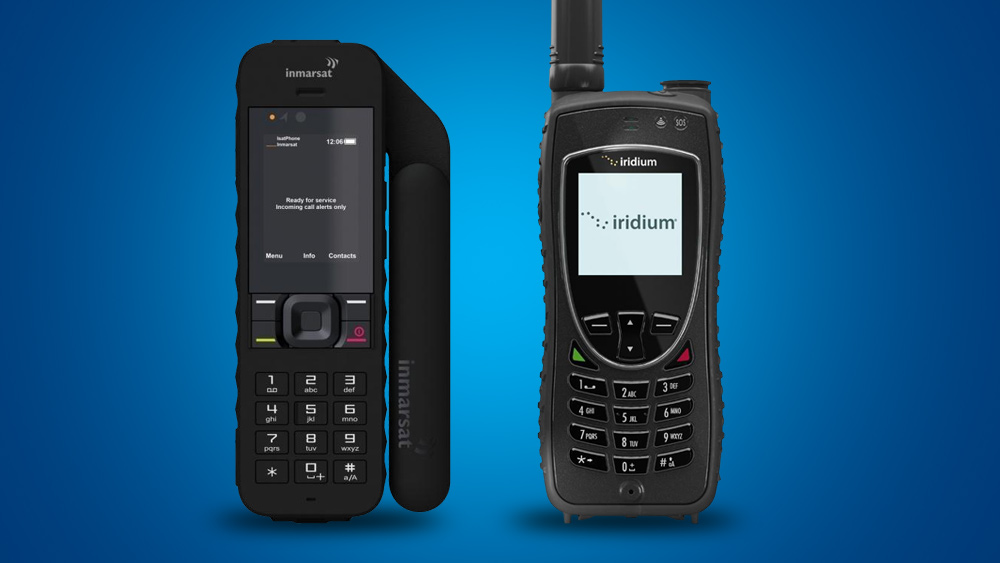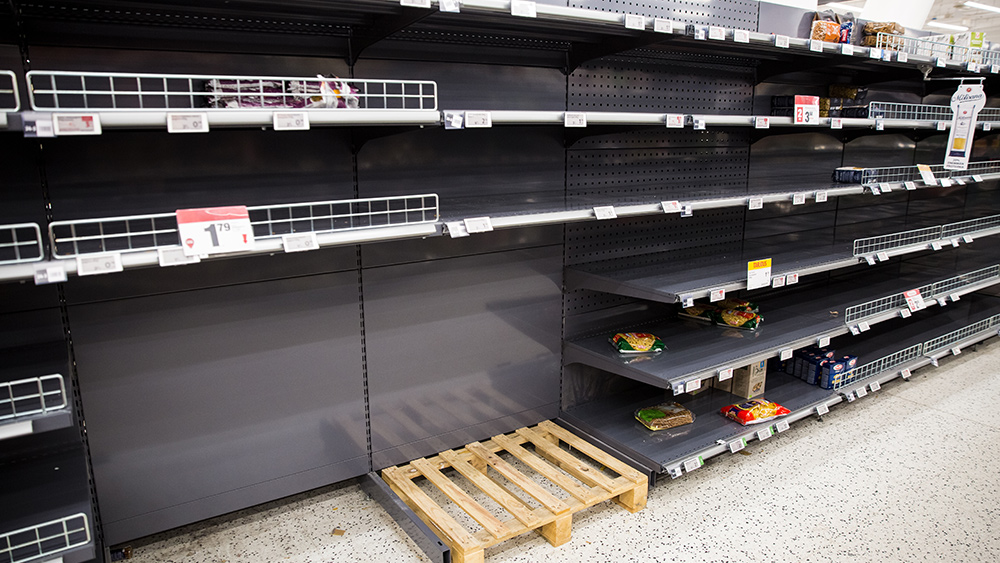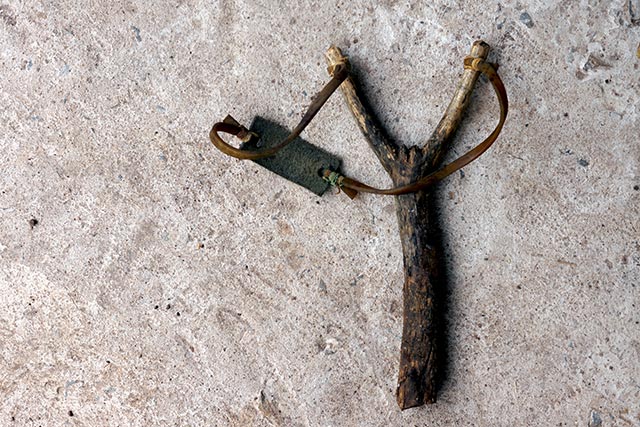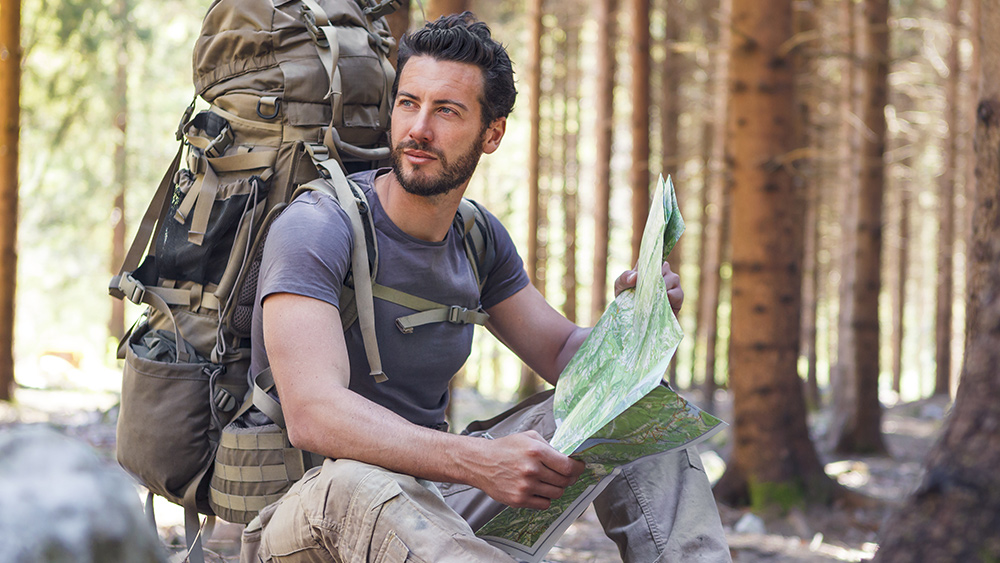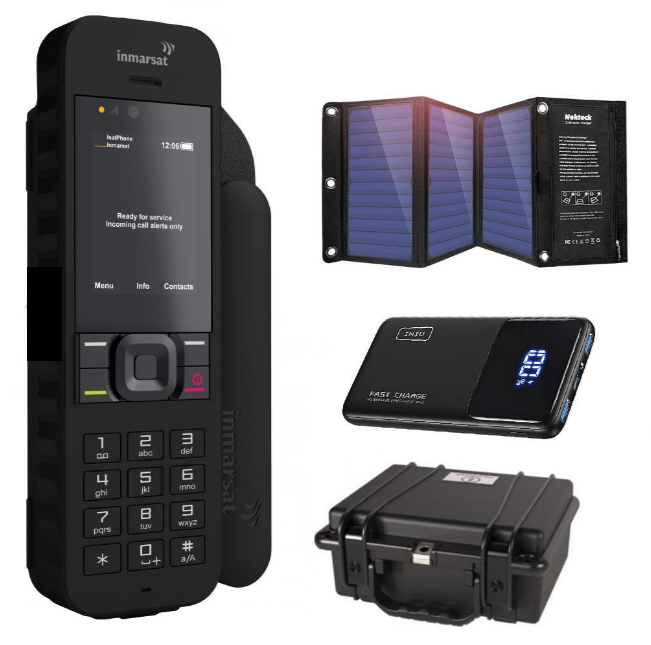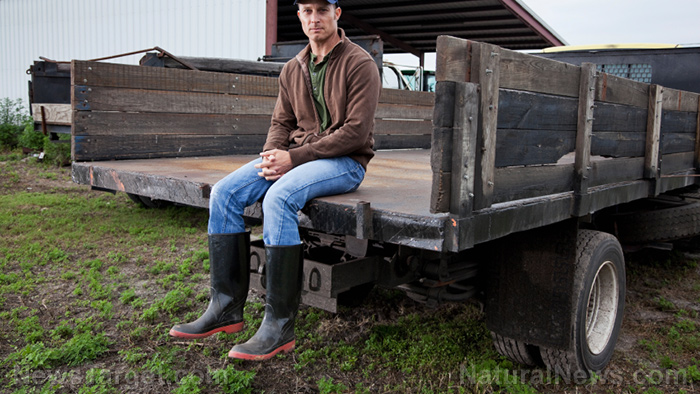Prepping 101: How to keep your survival backpack light
02/22/2022 / By Joven Gray
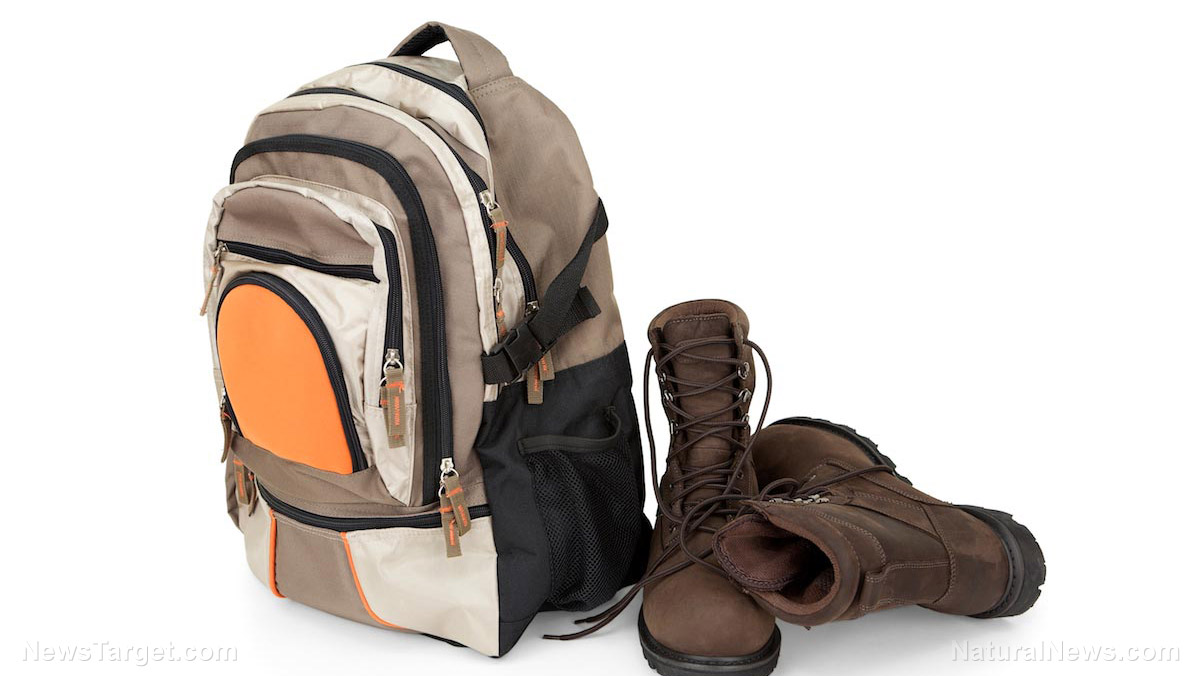
If you’re a prepper, having a bugout bag is a must. This is because, if disasters strikes near your area, there may be no choice but for you and your family to evacuate quickly. Also, there’s a possibility that a calamity or emergency suddenly occurs while you’re at the office, or when you’re walking, or while you’re driving. Given all these possibilities and your goal as a prepper to be prepared at all times, wherever you are, bugout bags come in handy during evacuations and disasters.
But you have to take note that it is not recommended to put all the items that you want in a bugout bag (or have different ones for different scenarios). In dire situations, you may be required to walk several miles just to reach a safe place. You will have a hard time carrying a full bugout bag while walking long distances, especially if your bugout shelter is located in another town or state.
You may argue that you can use your car or your motorcycle to evacuate. However, disasters like earthquakes, hurricanes or wildfires may damage roads and bridges, making the use of a vehicle more dangerous. Also, in the aftermath of the disasters mentioned, gas stations could be closed or out of stock. Chances are, your vehicle would only take you a given distance and then stop because it’s out of fuel. Thus, it is better to go on foot and your bugout bag should not be too heavy for you.
Here are some tips to help you prepare the best and lightest bugout bag possible.
Prioritize the essentials
In order for you to know what should belong inside your bag, group your items into two: the essentials and the non-essentials. The essentials are the ones that you must prioritize while the items that are not essential should be left behind. (Related: Emergency essentials for apartment preppers: 10 items for your bugout bag.)
These are some essential items:
- Drinking water
- Food supplies with a long shelf life
- Change of clothing
- Heat sources, or anything that can be used as fire-starters
- First aid kit
- Hygiene kit
- Tools
- Flashlight
- Travel aids (this includes money, map, compass and emergency whistle)
- Self-defense weapons (pepper spray, handgun)
- Shelter such as tent and bedding (in case you don’t have a bugout shelter)
It is okay if there are things that you want to add because you consider them essential, but make sure that you can endure the weight of your bag for a long period of time. The ideal weight should be no more than 20 percent of your body weight.
After identifying the essentials, choose a heavy-duty bag that can carry all these inside. It is advised to buy the bag after you have the items, so you can make sure that there would not be empty, unused spaces in your bag. Find a bag that suits the essential items you already have.
In purchasing or choosing essential items, buy those that can do multiple jobs, such as a knife that includes a can opener or a poncho that can be used as a rain fly. This will help reduce the number of essential items that you need to carry. Also, choose the one that has a lighter weight when you buy an item.
Prepare yourself through camping or trekking
Activities such as camping and trekking could help you prepare for a real bugout scenario. This is because these activities require you to carry a huge bag while walking uphill and for long distances. In these activities, you can test your survival skills, as well as your physical and psychological endurance.
Camping, especially for a number of days, could help you identify which are the essential items that must be put in your bag and which are the non-essential items that you can leave behind. Moreover, this is where you can test if you can carry your bugout bag well.
For more tips on bugging out, visit BugOut.news.
Sources include:
Submit a correction >>
Tagged Under:
bugout, bugout bag, bugout items, bugout tips, disaster, Gear, off grid, preparedness, Preppers, prepping, prepping tips, SHTF, survival, survival gear, survivalists
This article may contain statements that reflect the opinion of the author
RECENT NEWS & ARTICLES
COPYRIGHT © 2018 SURVIVALGEAR.NEWS
All content posted on this site is protected under Free Speech. SurvivalGear.news is not responsible for content written by contributing authors. The information on this site is provided for educational and entertainment purposes only. It is not intended as a substitute for professional advice of any kind. SurvivalGear.news assumes no responsibility for the use or misuse of this material. All trademarks, registered trademarks and service marks mentioned on this site are the property of their respective owners.


